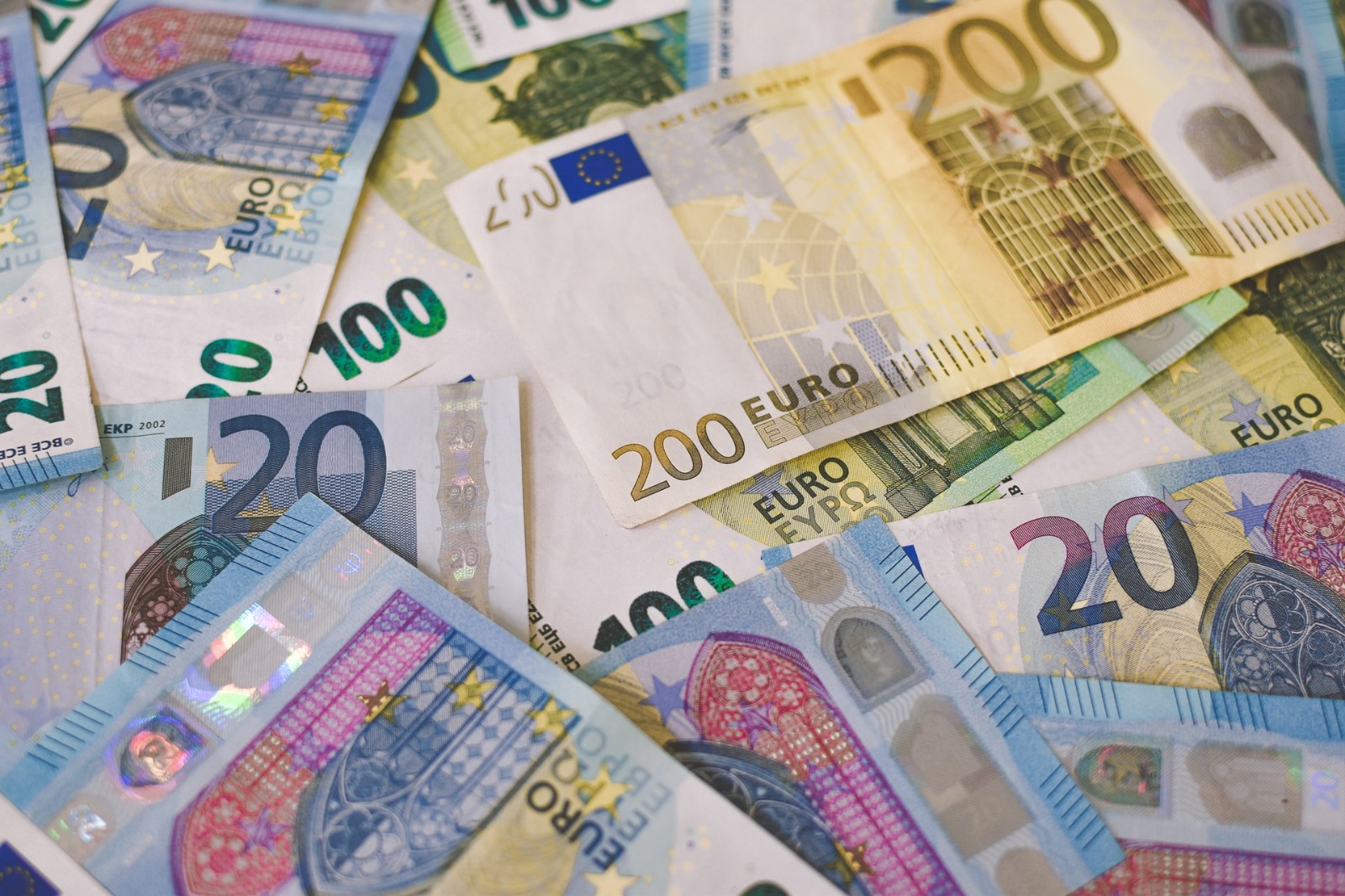The entire environmental impact of using euro banknotes for payments for a year is equivalent to driving eight kilometres in a car, with most of this relating to their distribution by trucks, planes, and ATM machines.
A new study conducted by the European Central Bank builds on earlier research conducted in 2004, which led to several actions being taken to reduce the environmental impact of cash, including a shift towards using 100 per cent sustainable cotton in production and a ban on disposing banknote waste in landfill.
The study considers the entire life cycle of euro banknotes from raw material acquisition and manufacturing to distribution and disposal, based on 16 environmental impact categories, including climate change owing to greenhouse gas emissions, ozone depletion, land and water use and resource depletion.
When taking all these impacts into account, the use of euro banknotes for one year received a score of 101 µPt, which the ECB described as “a very low score” while noting that it represents an improvement over the environmental impact registered in 2004.
To better understand what that 101 µPt score represents, it helps to compare it to other common activities.
For example, the environmental impact of a euro area citizen’s average amount of banknote payments per year is equivalent to them driving a standard car for eight kilometres.
The impact of the production of a cotton T-shirt that is washed once a week for a year is comparable to driving 55km, while producing the 71 1.5l bottles of water consumed by the average citizen in one year is equivalent to driving 272km.
The total environmental impact of the average EU citizen is over one million µPt – equivalent to driving around the world two times over.
Dispensing of the cash by ATMs is actually the activity carrying the highest environmental impact, making up to 37 per cent of the total. Transportation of banknotes comes a close second, a 35 per cent.
In total distribution of banknotes is responsible for 82 per cent of the impact, with their long use-life bringing down the share of their production impact.
It is worth highlighting that although the number of ATMs handling euro banknotes increased significantly between 2004 and 2019, the total energy consumption has decreased by 35 per cent, suggesting that ATMs have become much more efficient over that period. The decrease in total energy consumption may also be attributed to an increasingly green energy mix in Europe.
Despite the low environmental impact of paying with euro banknotes and the progress already made, the ECB said it is still committed to further improving the sustainability of euro banknotes while, at the same time, ensuring cash is widely available and accepted.
“Extensive research and development is under way to determine alternative waste disposal methods for banknotes, such as recycling and the reusing of waste material, and to find possible improvements to material and components used in the printing process,” it said .
Malta’s youth population down by 15,000 in 10 years: What does this mean for the labour market?
'The challenge today goes beyond attracting talent – it’s about retaining it'
MBB urges caution over EU’s 2040 climate targets, citing risks for Maltese businesses
'The proposed target presents both opportunities and challenges'
db Foundation raises €8,419 for Karl Vella Foundation with MasterChef Malta Charity Dinner
These events form part of the db Foundation's ongoing commitment to supporting vulnerable members of society through impactful initiatives






